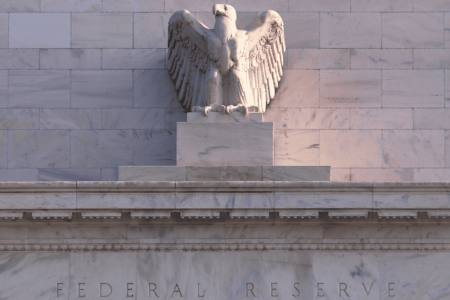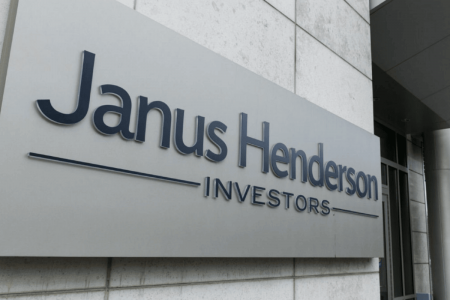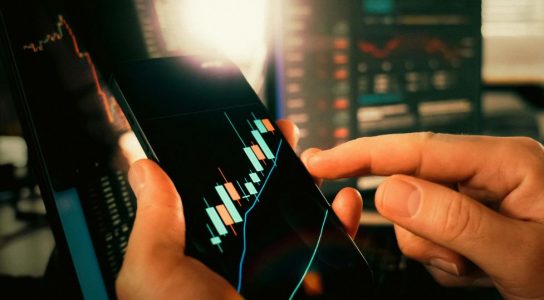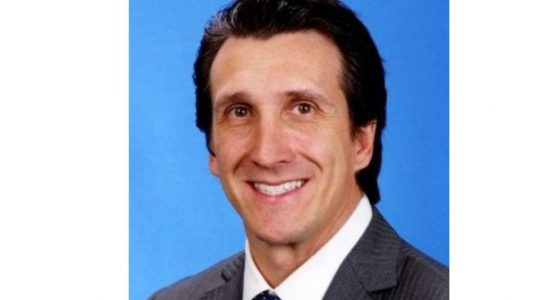
NewsMarkets
Funds Society Survey

NewsMarkets
Funds Society Survey

NewsMarkets
The Asset Managers' Perspective

NewsBusiness
For $7.4 Billion

NewsETF
It Has Been 43 Consecutive Months of Net Capital Inflows

NewsAdvice
Smarter Giving

NewsBusiness
In the Age of AI
NewsPrivate Banking

Billionaire Ambitions Report 2025
NewsBusiness

Manuel Romo and His Team ...
NewsMarkets

With the Focus on Europe
NewsBusiness

The BofA Race Surpasses the ...

Funds Society Survey
The Asset Managers' Perspective
With the Focus on Europe
According to Principal AM

For $7.4 Billion
In the Age of AI
Manuel Romo and His Team ...
The BofA Race Surpasses the ...

To Oversee International and Cross-Border ...
From HSBC, as Senior Private ...
Former Director of Wealth Management ...
Joining From BTG Pactual

Billionaire Ambitions Report 2025
Billionaire Ambitions Report 2025
New Opening in Abu Dhabi
Report by Henley & Partners

Art & Finance Report 2025 ...
ETFs for the Merrill, Bank ...
International Investors Underpin the Boom
Preqin Study “Private Markets in ...

It Has Been 43 Consecutive ...
“People & Money” Report by ...
Each American Child Comes With ...
Analysis by FlexFunds

LPs Impose Stricter Standards That ...
Changes in the Regulatory Framework
The Vision of BigSur Partners ...
Also Those Based on Commodities

As Part of a Social ...
Guillermo Zamarripa’s View on Pension ...
Although They Are Disconnected From ...
According to WTW
